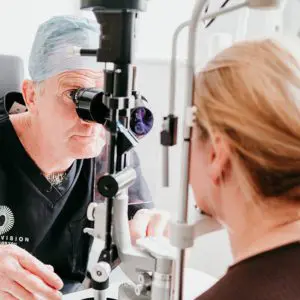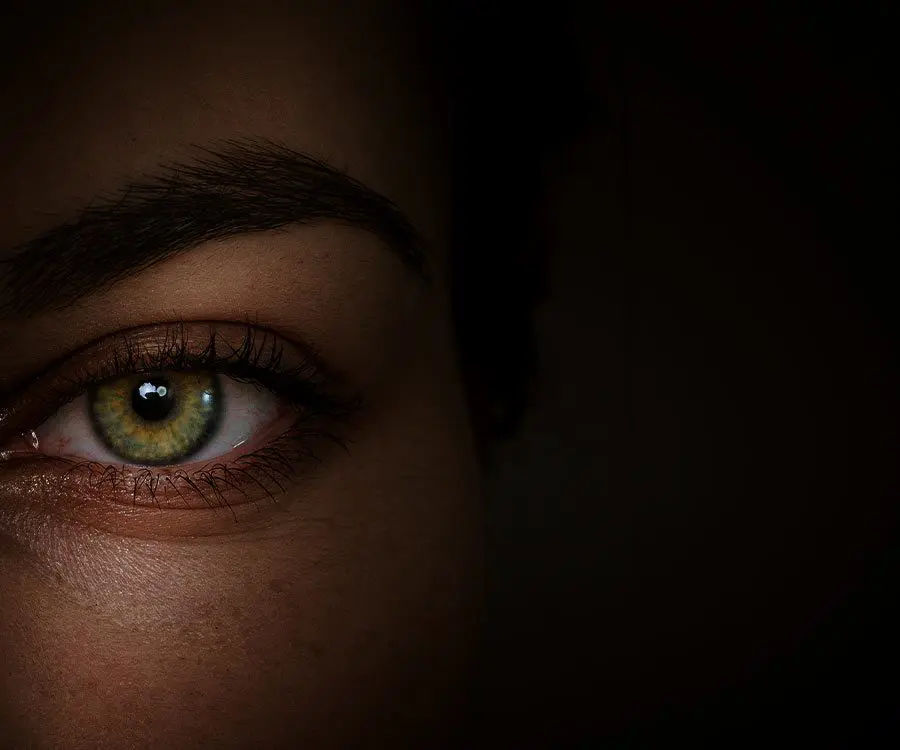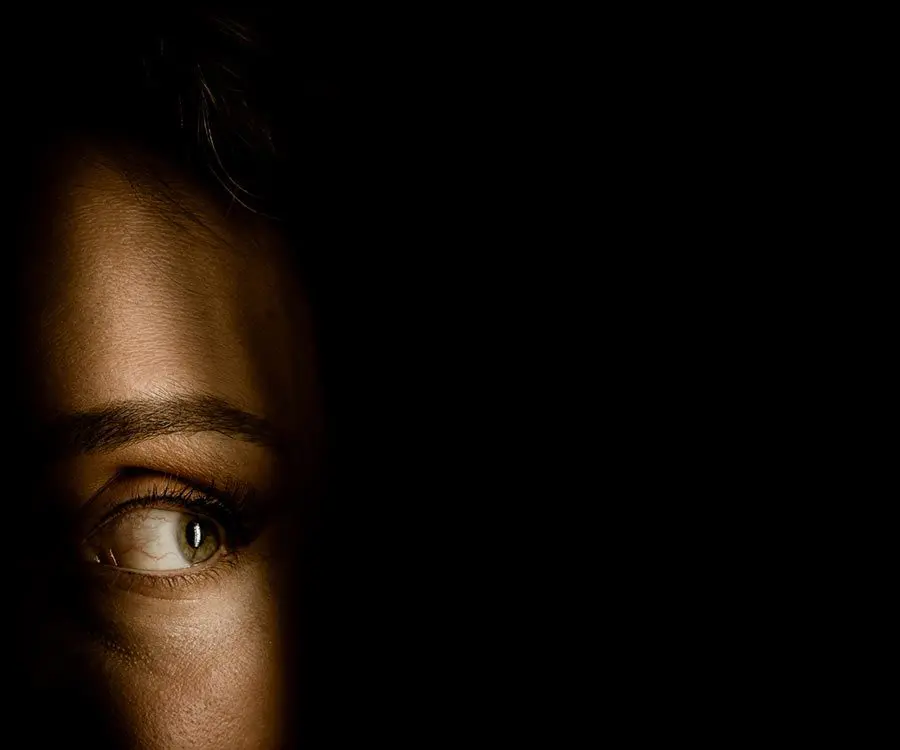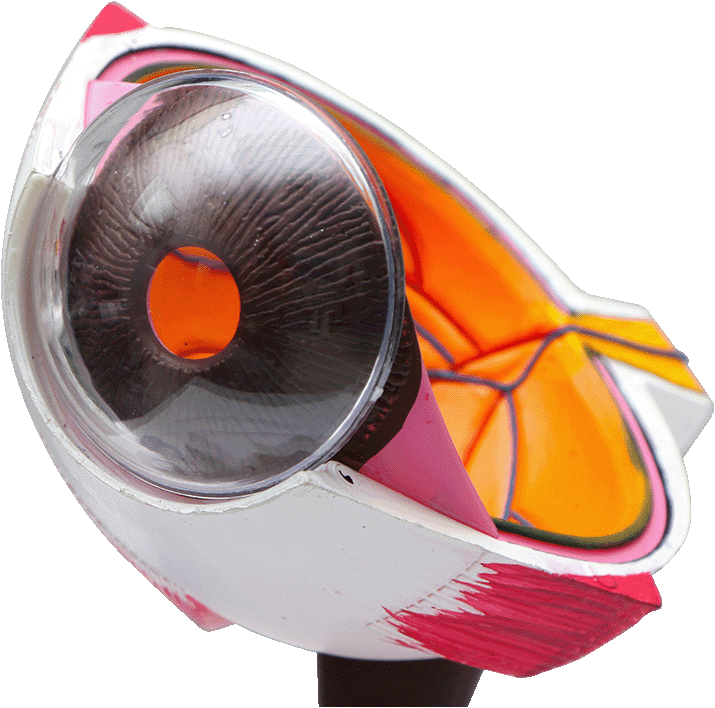 If you are suffering from cataracts and are thinking about having them removed, you might be interested to know what happens during the procedure.
If you are suffering from cataracts and are thinking about having them removed, you might be interested to know what happens during the procedure.
It’s a common query we get often, and the answer is often surprising to most people. Before we explore the ins and outs of cataract surgery, we’ll first take a quick look at what cataracts are and how they develop.
It’s also worth noting that there are different types of cataract surgery. So the good news is that if you have cataracts and aren’t suitable for one type of cataract removal procedure, there should be other options.
Understanding Cataracts
What is a Cataract?
Cataracts are a common eye condition that can make it difficult to see. When a cataract forms, it causes a cloudy patch on the natural lens. Cataracts can occur on just one or both eyes.
If you’re having difficulty with your vision, you may have cataracts. A clouded lens can cause your vision to become blurry, hazy or less colourful than usual. You might also have trouble seeing at night and see ‘halos’ around lights.
You don’t just have to live with cataracts though. Cataract surgery is hugely popular and is the only way to restore your eyesight.
Why do they develop?
The primary catalyst of cataracts is age. Most of the time, cataracts are seen in older patients. But aside from ageing, other causes could contribute to cataracts such as UV exposure, diabetes, alcohol consumption, long-term use of corticosteroids, and smoking.
If left untreated, the condition can worsen to the point where a patient wouldn’t be able to drive anymore or carry out regular daily tasks. Glasses and contact lenses unfortunately can’t help at this point.
What is cataract surgery?
You’ll need to undergo a specialist procedure to have your cataracts removed. Cataract surgery involves the replacement of the cloudy natural lens with an intraocular lens (IOL), also referred to as an artificial lens.
Usually, the eye’s natural lens is clear, but when cataracts develop, the natural lens becomes irreversibly cloudy. A new artificial lens is the only way to effectively restore your vision.
There are three different ways to remove cataracts at Laser Vision.
Cataract Surgery Techniques
Phacoemulsification Cataract Surgery
This is one of the most commonly performed cataract removal procedures. It’s a minimally invasive technique that uses an ultrasound device to break up the cloudy lens into tiny fragments. These are then gently suctioned out. It’s favoured for its quick recovery time and use of small incisions.
Femtosecond Laser Assisted Cataract Surgery (FLACS)
Femtosecond laser technology, or Femto Laser Assisted Cataract Surgery (FLACS), is an even more advanced minimally invasive technique. It gives the Laser Vision ophthalmologists more precision using a Ziemer Z8 Laser.
This device has been proven to offer faster and more energy-efficient treatments. The procedure is carried out under local anaesthetic, ensuring that you remain awake and comfortable during the surgery.
Refractive Lens Exchange (RLE)
This technique is an alternative solution for individuals who are not candidates for laser eye surgery to remove cataracts. RLE is particularly beneficial for patients over the age of 45 when the natural lens starts to decline in functionality.
Because of the natural deterioration of the eye’s lens, choosing a lens implant rather than laser surgery could be a better option for removing cataracts.
Intraocular Lenses (IOLs)
Types of IOLs
Before undergoing a procedure to remove cataracts, your surgeon should first conduct an assessment to determine the best type of replacement lens for you.
This is important because some lenses may mean you still have to rely on glasses after cataract removal surgery.
- Fixed-focus monofocal lens – improves distance vision
- Multifocal lenses – can improve both distance and near vision. Some patients can experience rings or halos around lights
- Extended depth-of-focus lenses – can improve distance and mid-range vision but you may still need reading glasses
- Accommodative lenses – these adjust to focus on close-up or far-away objects, however, you may still require reading glasses
- Toric lenses – effective for astigmatism correction
How long does cataract surgery take?
Most of our patients are very surprised when they learn how quick cataract surgery can be. At Laser Vision, the procedure takes around 15 to 30 minutes per eye.
You’ll need to be at the eye hospital for several hours though to allow for pre-operative checks and post-operative recovery.
Potential Risks and Complications
Before your procedure begins, you will have a thorough assessment and will be given the anaesthesia. As with any surgical procedure, there are risks and complications and these will be discussed with you in full during your initial consultation.
If you have any concerns, please discuss these with your surgeon as soon as possible. Over 400,000 cataract surgeries are carried out in the UK each year, most without any complication.
Recovery and Aftercare
You’ll need to allow time to recover from cataract surgery before you see the results of the cloudy lens removal. During this time, you may still have blurred vision but don’t be alarmed, this is normal.
You will usually be invited to see your surgeon a few days after your cataract surgery so they can check everything is healing as expected.
Your surgeon may prescribe eye drops or other medication to treat any symptoms and prevent infection. Having some time off work might be a good idea to allow your eyes to rest. Most patients can return to work 2-3 days after surgery.
You can expect to make a full recovery around one to two months after cataract surgery.










